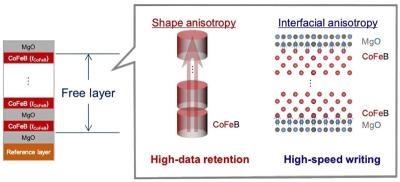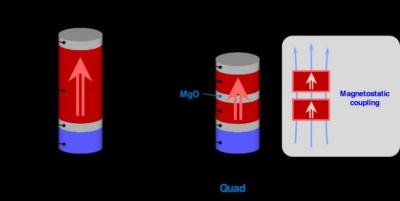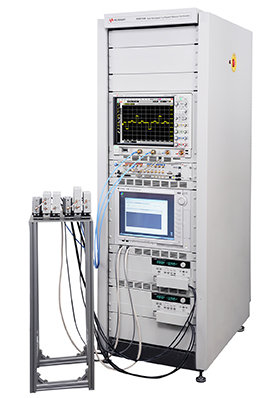PSMC collaborates with Power Spin for MRAM production by 2029
Reports in Japan suggest that Taiwan's Powerchip Semiconductor Manufacturing (PSMC) will enter into a new MRAM R&D project, together with Japan's Power Spin. PSMC plans to start producing MRAM chips by 2029, at its 12-inch factory that it is now building in Japan.
Power Spin, that holds MRAM IP originally developed at Tohoku University, will license its IP to PSMC and will assist in the required R&D and ramp-up of production at PSMC's fab. PSMC looks to utilize the MRAM technology mainly for generative AI data center solutions.











